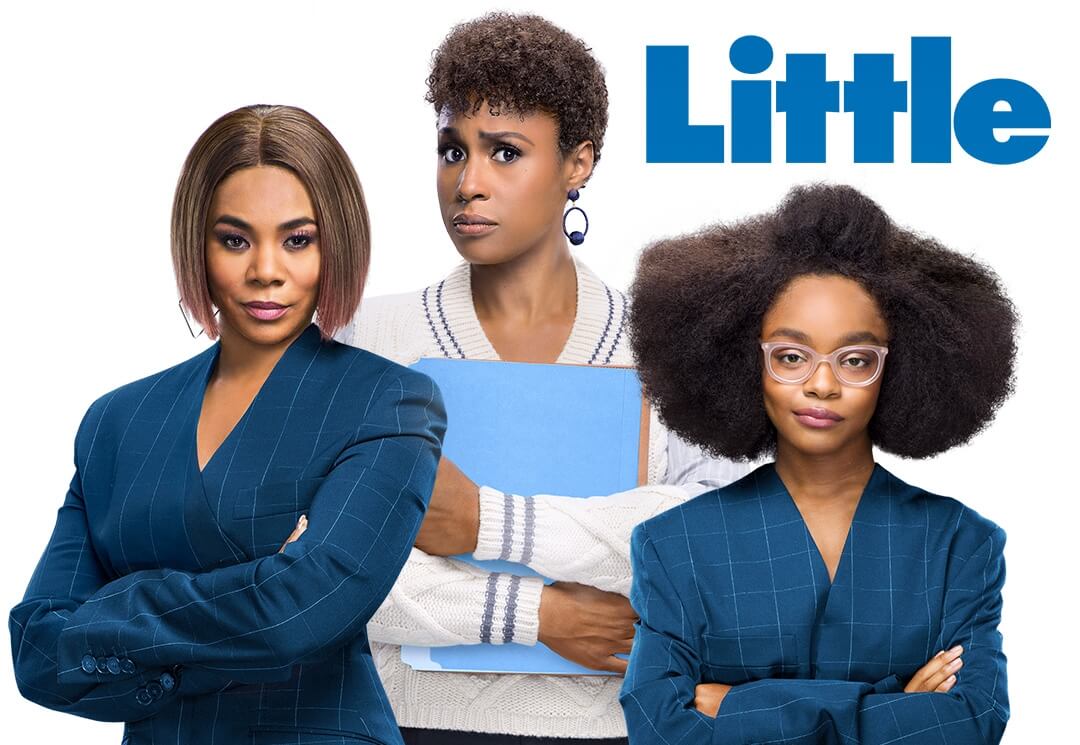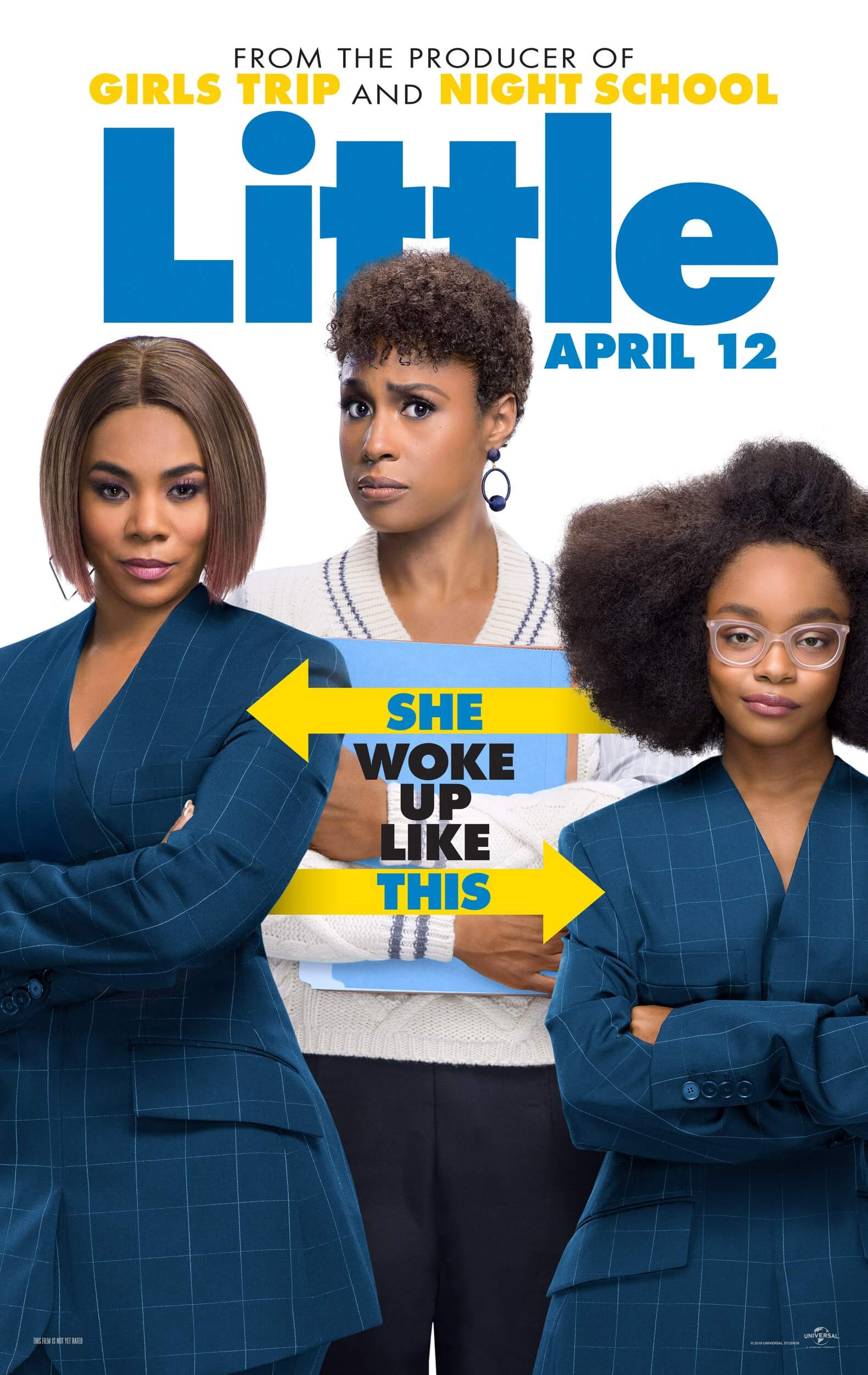Little Original Joe's - Discovering The Essence
Have you ever stopped to think about what it truly means when we talk about something being "little"? It’s a word we throw around quite a bit, but its true depth, its many layers of significance, often go unnoticed. What seems like a straightforward concept, something that is simply "not big," actually holds a surprising amount of nuance and variety in how we use it every single day.
The idea of something being "small in its overall dimensions" or "limited in quantity" is, you know, just one part of the picture. There’s a world of difference, for example, between saying "little" and "a little." One suggests a scarcity, almost a complete absence, while the other implies there’s some present, even if it's not a huge amount. It's a subtle distinction, but it really shapes how we perceive information and, well, what we expect.
This exploration of "little" isn't just about dictionary definitions, though. It actually shows up in all sorts of places, even in stories we enjoy. Consider, for instance, a tale where a grown woman finds herself changed back into her younger self. This kind of plot, where a boss who takes charge in a very forceful manner suddenly becomes a child, definitely plays with the idea of "little" in a very personal, transformative way. It makes you think about what it means to be small again, doesn't it?
Table of Contents
- What is the Core Idea Behind Little Original Joe's?
- Unraveling the Many Senses of Little Original Joe's
- How Does Little Original Joe's Differ from 'A Little'?
- The Cinematic Take on Little Original Joe's
- Exploring the Transformative Power of Little Original Joe's
- Where Can You Find the Essence of Little Original Joe's?
- The Scholarly View on Little Original Joe's
- The Puzzle of Little Original Joe's in Words
What is the Core Idea Behind Little Original Joe's?
When we consider the fundamental meaning of "little," it really just points to something that is "not big." That, in a way, is the most basic, the most "original" interpretation we can get. It’s the very first thought that comes to mind when you hear the word, isn't it? This foundational understanding is, basically, where everything else stems from. We use it to describe things that are, you know, of a restricted size, or maybe a modest quantity. This simple idea, that something is just the opposite of being large, sets the stage for all the more intricate ways we might choose to express it. It's the starting point, the initial spark, for our linguistic understanding of this particular concept.
So, when we talk about how to place "little" within a sentence, we’re often talking about its fundamental role in describing dimensions or amounts. It’s a word that naturally helps us paint a picture of something that isn't expansive or overwhelming. For example, if you were to describe a piece of furniture, you might say, "This is a little table." That expression immediately gives a sense of its modest dimensions, doesn't it? It’s not a grand dining room centerpiece, but something more modest, perhaps for a corner or a side. This really highlights the word's ability to convey a sense of scale without needing a lot of extra explanation.
It’s quite interesting, too, how "little" can also refer to a "small amount of sustenance or liquid." Imagine someone offering you "a little food" or "a little drink." That implies a modest portion, just enough to satisfy a brief need, rather than a full meal or a large serving. This usage, in some respects, underscores the word's versatility beyond just physical dimensions. It extends to quantities, suggesting something that is limited but still present. This particular facet of the word helps us communicate expectations about portions and provisions in our daily interactions.
Unraveling the Many Senses of Little Original Joe's
The word "little" actually holds a surprising number of meanings, far more than you might initially imagine. It’s not just about something being small in its physical form. For instance, it can refer to a gift that doesn't carry a lot of monetary value or a grand presence. You might receive "a present that is not of great..." and the word "little" fits right in there, suggesting something thoughtful but perhaps modest in its presentation. This illustrates how the term extends beyond just measurements, reaching into the realm of significance or impact.
Then there are the different forms "little" can take when we compare things. It has its comparative forms, like "less" or "lesser," or even "littler," and its superlative forms, such as "least" or "littlest." These variations help us express degrees of smallness, allowing for more precise communication about how one thing compares to another in terms of its dimensions. For example, you might say one object is "littler" than another, indicating it possesses a smaller size. This grammatical flexibility is, you know, quite important for conveying relative scales.
Consider how we use it to talk about distance, too. If someone says, "It’s only a little way now," that means the destination is not far off, just a short distance remains. It conveys a sense of proximity, a brief journey ahead. This application of "little" shows its role in describing spatial relationships and the extent of travel. It’s a pretty common way to reassure someone that they’re almost there, or to indicate a short commute.
Furthermore, "little" can describe something that is "small and not fully developed," particularly in a biological sense. This usage points to an immature state, something that hasn't reached its full growth or potential. It often carries a connotation of being young or still in its early stages of formation. So, it's not just about physical size, but also about a stage of development, which is, you know, a different sort of dimension entirely.
How Does Little Original Joe's Differ from 'A Little'?
This is where the nuances of "little original joe's" truly come into play, specifically when we compare "little" with "a little." They seem similar, don't they? But there's a really important distinction. When we say "a little," it signals that there is "some" of something present. It implies a definite, though perhaps modest, quantity. It's something that is "not much," to be sure, but there is "definitely something" there. So, if you have "a little time," you have some moments available, even if it's not a lot.
Conversely, "little," without the "a," often suggests a near absence, or an extremely limited amount. Unlike "a little," which indicates a presence, "little" can sometimes mean "extremely less," almost bordering on nothing at all. If you say you have "little patience," it means your patience is almost entirely depleted. This subtle difference in the presence or absence of the article "a" completely shifts the meaning and the impression conveyed. It's, like, a really important point for clear communication.
This distinction is, in fact, a common point of focus in language learning materials. Dictionaries and integrated thesauruses for those learning English, whether they are at advanced, intermediate, or beginner levels, often highlight this very difference. They help writers, teachers, and students grasp these subtle but crucial points of usage, ensuring that they can express themselves with precision. Understanding this difference is, you know, quite fundamental to mastering the English language.
The Cinematic Take on Little Original Joe's
The concept of "little" isn't just for grammar books; it actually forms the heart of a popular film. This movie features the talents of Regina Hall, Issa Rae, and Marsai Martin, with Justin Hartley also appearing in the cast. The story, as a matter of fact, really plays with the idea of transformation and perspective, making the abstract concept of "little" feel very real and relatable on screen. It’s a good example of how language concepts can, you know, inspire creative works.
The central plot revolves around a woman who, at a point in her life when she's facing a lot of pressure, finds herself changed into her younger self. This dramatic shift from an adult facing grown-up challenges to a child brings the idea of "little" to the forefront in a very literal way. It explores what it means to suddenly occupy a smaller physical form and to deal with the world from a child's perspective, which is, you know, quite a fascinating premise.
The film specifically stars Regina Hall, Issa Rae, and Marsai Martin, and it follows a manager who takes charge in a very forceful manner, who then undergoes this transformation. This character's journey, from someone who is perhaps accustomed to being in control and having a significant presence, to someone who is physically "little" again, creates a lot of opportunities for both humor and thoughtful reflection. It really makes you think about how our physical size can influence our interactions and our perceived authority.
Exploring the Transformative Power of Little Original Joe's
The narrative of this film, in some respects, delves into the deeper implications of what it means to be "little." It's not just about a change in physical dimensions; it's also about a shift in power dynamics, in how one navigates the world, and in understanding one's own identity. The experience of being "little" again forces the character to confront her own behavior and to see things from a different vantage point. This is, like, a pretty powerful way to explore personal growth.
The story, you know, highlights how being small or underdeveloped, particularly in a personal sense, can lead to unexpected lessons and growth. The character, being "little" again, might find herself in situations where she has to rely on others or adapt to circumstances she once dictated. This kind of transformation, even if it's fantastical, offers a compelling look at humility and empathy. It’s a reminder that sometimes, becoming "less" in one aspect can lead to becoming "more" in another.
This cinematic portrayal of "little" provides a vivid illustration of how the word’s meanings can extend beyond simple definitions. It shows how being "small in size" can lead to profound personal change and a fresh perspective on life's pressures. It’s a testament to how even seemingly straightforward concepts can be explored in rich, layered ways through storytelling.
Where Can You Find the Essence of Little Original Joe's?
If you're ever curious about the full breadth of what the word "little" encompasses, you might be surprised to learn just how much is out there. The Oxford English Dictionary, for example, lists a remarkable "50 meanings" for the word, and that's not counting the four that are now considered obsolete. This sheer number of interpretations really speaks to the word's incredible flexibility and its long history in the English language. It’s quite a lot to take in, isn't it?
To truly grasp the different facets of "little," one often needs to consult comprehensive linguistic resources. These resources typically offer detailed explanations of "meaning & use," alongside examples of how the word is used in actual sentences and quotations from various texts. This kind of in-depth examination helps to clarify the subtle distinctions and appropriate contexts for each of its many senses. It’s, like, a really thorough way to get to know a word.
Beyond formal definitions, you can find the essence of "little" in everyday puzzles and word games. There are, for instance, short notes that might lead you to a solution for a "7 little words" puzzle, which often contains a six-letter answer. These kinds of challenges highlight how familiar we are with the word and its various associations, even when it's presented in a playful, cryptic way. It's a fun way to engage with language, basically.
The Scholarly View on Little Original Joe's
From a more academic standpoint, the word "little" is often grouped with other terms that convey a similar sense of diminished scale or importance. Words like "diminutive," "minute," and "small" are frequently mentioned alongside "little" because they all refer to something that is "not large or significant." However, "little" holds a unique position among these. It’s, you know, a bit more general in its application.
"Little," as the direct opposite of "big," is incredibly broad in its coverage. It can describe a wide array of characteristics, including "size," "extent," "number," "quantity," "amount," "duration," or even "degree." This expansive nature makes it a highly versatile word, capable of fitting into countless contexts to convey a sense of something being reduced or limited in some way. It's pretty amazing how much ground one word can cover, honestly.
This broad applicability means that understanding "little" is fundamental to grasping many different aspects of description and measurement in English. It's a word that helps us articulate everything from the physical dimensions of an object to the length of a period of time, or even the intensity of a feeling. So, in many ways, it truly is a foundational element in our vocabulary for expressing scale.
The Puzzle of Little Original Joe's in Words
The true puzzle of "little original joe's," when we look at it through the lens of language, is how such a seemingly simple word can carry so much weight and so many different meanings. It's a testament to the richness of English that a single term can be applied to everything from a table's size to a movie's plot, or even the subtle difference between "some" and "hardly any." This complexity, you know, makes it a fascinating subject for anyone interested in words.
Whether you're thinking about its grammatical forms, its role in popular culture, or its numerous dictionary entries, "little" is a word that invites a closer look. It challenges us to consider the fine distinctions in language and how those distinctions shape our perceptions. It’s a good reminder that even the most common words can hold unexpected depths and layers of meaning, if we just take a moment to really think about them.
So, the next time you hear or use the word "little," perhaps you'll pause for just a moment and appreciate its surprising versatility and the many ways it helps us make sense of the world around us. It’s, basically, a pretty powerful word for something that means "not big."

Little | Universal Pictures

Little: Official Clip - Middle School Makeover - Trailers & Videos

Little | Universal Pictures